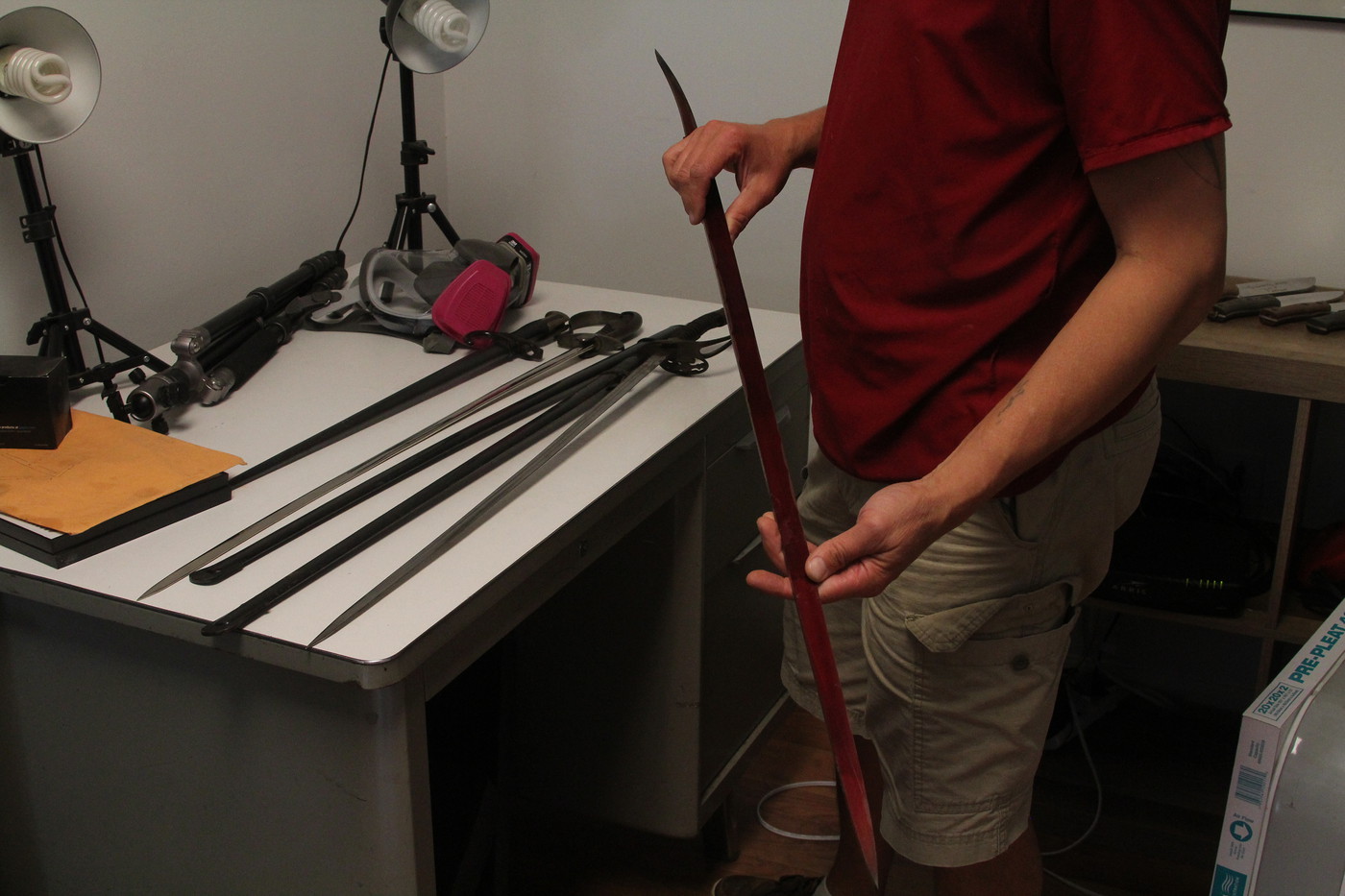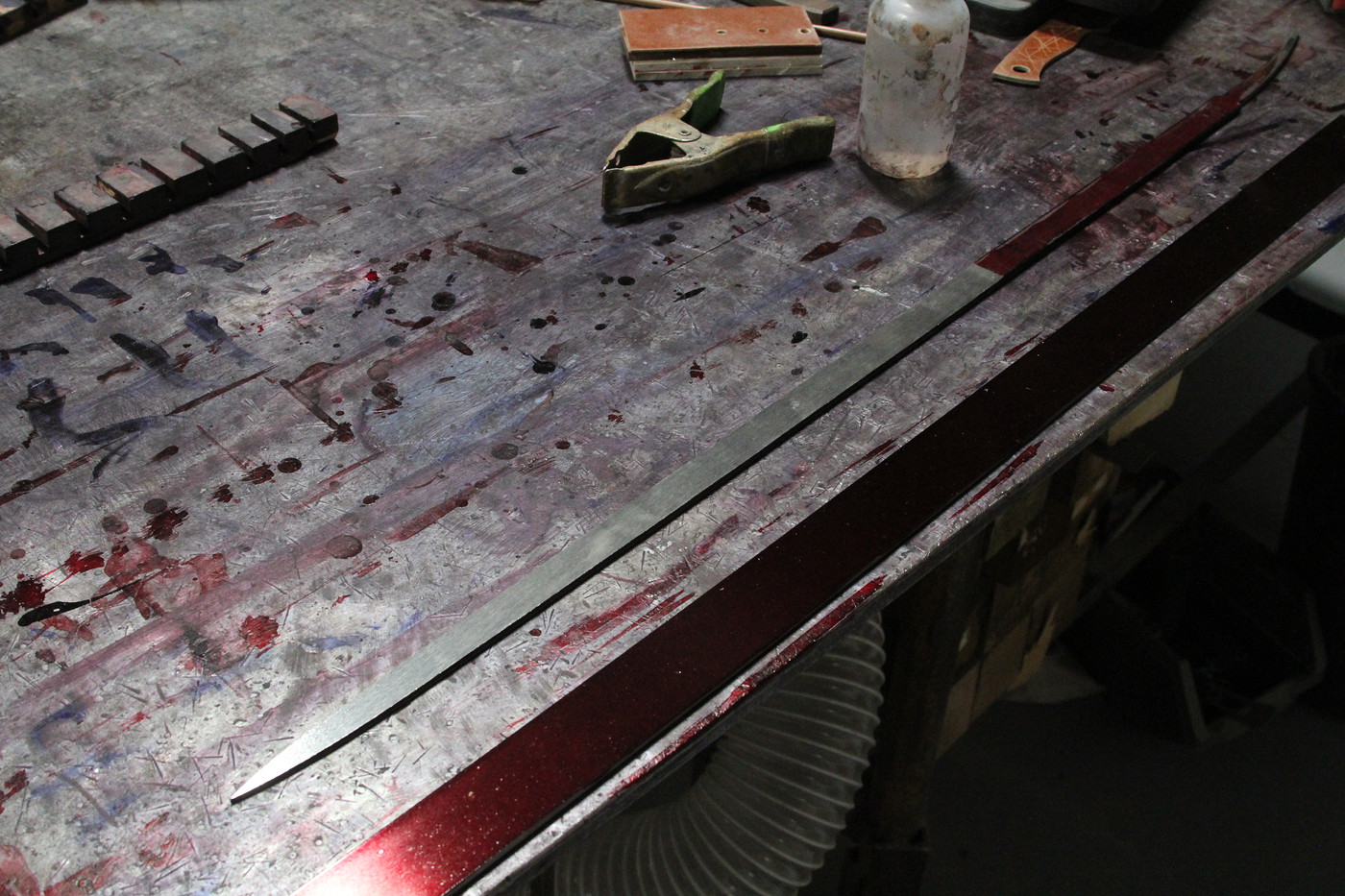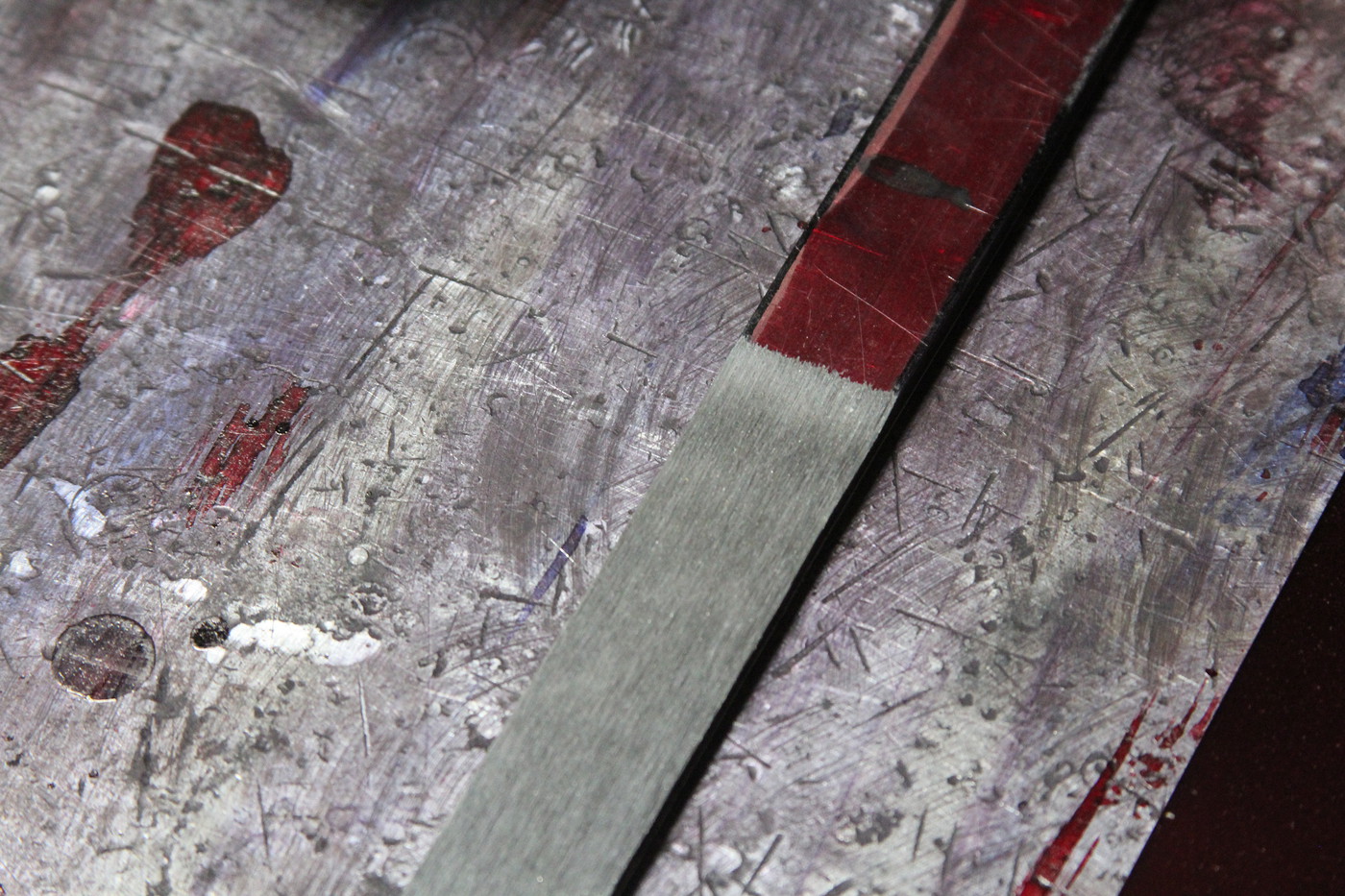- Joined
- Oct 19, 2005
- Messages
- 19,687
I have decided to make a few swords and sabers. I'd also like to learn how to fight with a saber, which was a childhood dream. I'm having trouble finding measured drawings of the various model of sabers. Especially measured drawings for patterns such as the 1796 light cavalry saber or the 1860 us civil war saber, etc. Really I'd like to make a lighter infantry saber rather than a cavalry saber. Two issues finding anything useful about sabers on the internet are star wars, and modern dress sabers. I bought a book on polish sabers, but I'm really just not finding much specific information on individual models.
Any help and advice y'all have would be appreciated.
(To get myself started I'm going to make a straight bladed sword based on an old Cark Eikhorn Prussian Officers Dress sword that I have. Mainly just because the straight blade will make it easier to do.)
I can post pics if y'all are interested in seeing this at all.
Any help and advice y'all have would be appreciated.
(To get myself started I'm going to make a straight bladed sword based on an old Cark Eikhorn Prussian Officers Dress sword that I have. Mainly just because the straight blade will make it easier to do.)
I can post pics if y'all are interested in seeing this at all.





